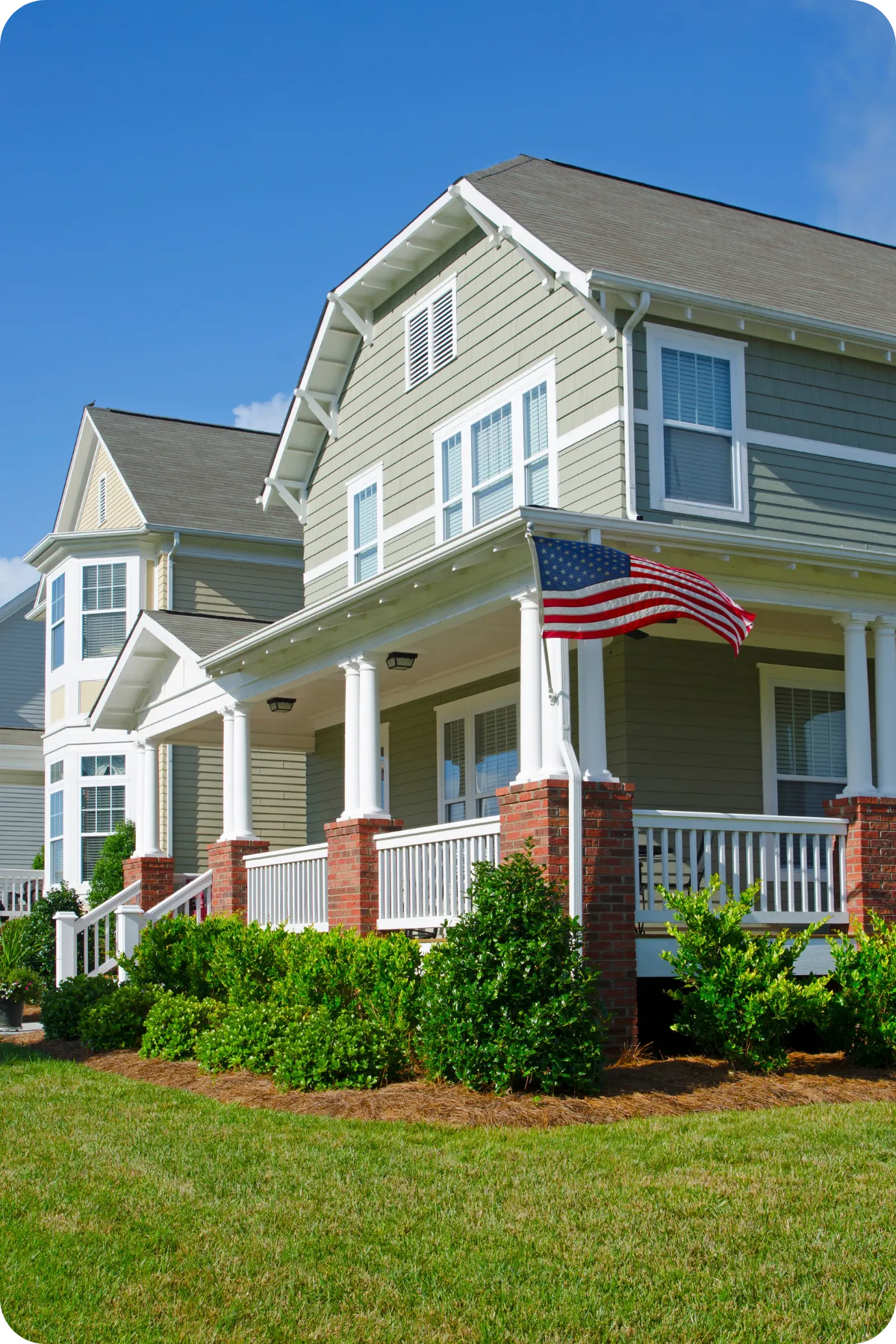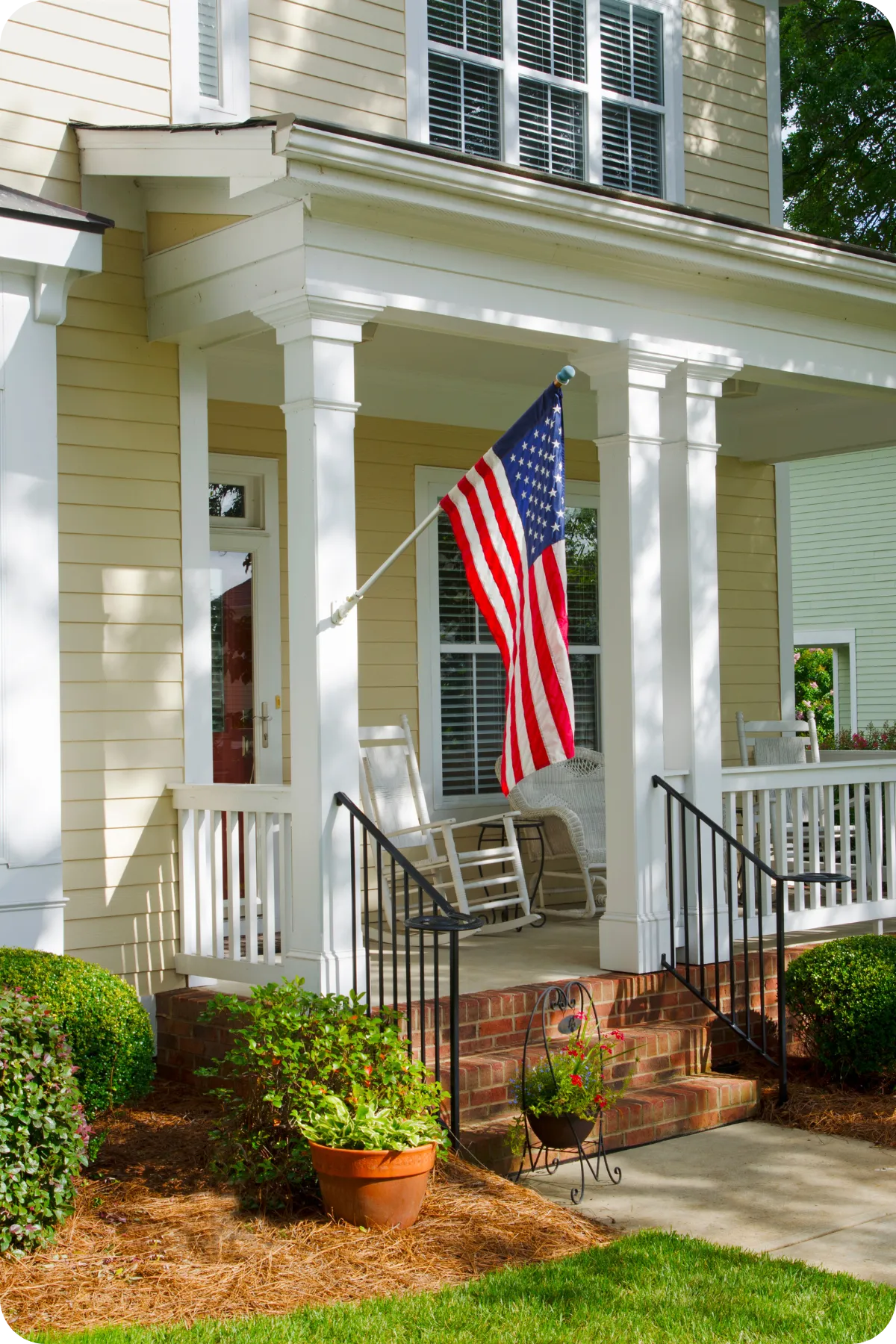Why should you choose
Quality Home Inspections
So You Don't Get Stuck With A Money Pit
Same Day Reporting
24/7 Scheduling

About Us
Your Trusted Partner.
Quality You Can Count On.
Excellence In Every Inspection.
The Leading Home Inspection Company in Wilmington, Delaware
Whether you're buying or considering purchasing a home in Wilmington, DE, Quality Home Inspections is your trusted partner in making a well-informed decision about the property you're interested in.
Your Trusted Wilmington, DE Home Inspection Company with a Satisfaction Guarantee
At Quality Home Inspections, we want to make a big promise to you: If you’re not 100% satisfied with our home inspection services for your home or condo in Wilmington, DE, you don't pay!
We understand how important a home inspection is, and we know that there are many unreliable inspectors out there. That’s why we stand by our work with a guarantee that ensures your peace of mind.
Unlike fly-by-night home inspectors, we are committed to providing thorough, reliable inspections to help you make an informed decision. Our goal is to ensure you feel confident and secure in your real estate transaction.
Our satisfaction guarantee is simple: Attend the inspection, and if for any reason you're not satisfied with the quality of the service, just let your inspector know before you receive your report. We'll either make it right, or you won’t pay the inspection fee.
As your trusted home inspection company in Wilmington, DE, we aim to exceed your expectations so you can enjoy a seamless real estate experience.


At Quality Home Inspections, our Wilmington, DE Home Inspection provides you with the information you need to make an informed decision about the property to be inspected in a clear, concise, and professional manner. We deliver an oral report on-site and a detailed, electronic report to all customers following the home inspection. Schedule your Wilmington, DE Home Inspection Today!

Home Inspections 5-Days A Week
Schedule Today Online

Inspecting Foundations To Roof
Learn About Any Issues or Problems First Hand

Full-Color Narrative Report With Photos
Sent To You By Email
REVIEWS
What Our Clients Say About Us
Our
I am a LO with Meridian Mortgage. Also in the process of getting our new home. Ted came highly recommended. His son Josh was the inspector on both properties for us and did an absolutely phenomenal job. The knowledge he had was exceptional and his ability to break it down and explain it in a way to understand was even better. On top of that, the inspection report was very well put together, easy to read, and appealing to the eye. Thank you very much to this Father/Son duo! Will definitely be recommending to anyone who needs a “Quality” Home Inspection!

Ted was wonderful – the inspection was smooth, and he even gave me suggestions for the cosmetic repairs that I would be responsible for. They were very respectful and personable.

As a Realtor, you always look for people that do a great job for your clients as well as great people to work with. Ted & Josh Hinderer check off both boxes! I nicknamed Ted “The House Whisperer” because he knows his job & is passionate about educating our clients on their homes. I’ve learned so much from him over the years; he’s just a plethora of house information! The word “Quality” best describes this company because on top of knowledge, that’s the type of job you’ll get!

How Can We Guarantee The Home Inspection?
It’s simple—we take our time. By not rushing, we ensure a thorough inspection of your new home or condo. While our rates may be slightly higher than some competitors, you don’t want to settle for a cheap inspection. A low-cost inspection can turn out to be the most expensive mistake, as it may overlook serious defects that could cost you thousands down the road. Inexperienced, cheap inspectors often provide less detailed work, which is why their prices are lower. In contrast, our comprehensive inspections help you save more money. Many contracts allow for seller repairs or credits at closing, and the more defects we uncover, the more you can potentially save.
The more thorough we are, the more defects we find, and the more money you save!
Our licensed home inspector in Wilmington will spend 2 to 3 hours thoroughly evaluating every aspect of the property, from the roof to the foundation and everything in between. We encourage you to join us during the inspection. While seasoned buyers and sellers may not need to be present the entire time, it's highly beneficial for first-time buyers or sellers to be there from start to finish. Not only will we inspect the property, but we’ll also explain the maintenance needed and why it’s important. You’ll gain a true understanding of your new home.
And don’t worry, we’ll make sure to explain everything in clear, easy-to-understand terms.
Published Date: October 24, 2025

Want A More Comprehensive Home Inspection?

Then select Quality Home Inspections for your Wilmington Home Inspection because we include the most important aspects of a thorough home inspection. For the home buyer, having a good understanding of the condition of a property is crucial to making informed decisions during a real estate transaction. Schedule your Wilmington, Delaware Home Inspection Today!

Our Home Inspection Services
When you or someone you know needs the services of a quality home inspection company, we would truly appreciate it when you think of us. You can schedule right from our website or call our office now (302) 883-8797.
5-Star
Package
Buyer Home Inspection
Seller Home Inspection
New Construction Inspection
Builder’s Warranty Inspections
Radon
Testing
Wood Destroying Organism Inspection
Well
Testing
Pool and Spa Inspection
Schedule Your Inspection Today
Our licensed home inspectors have been serving Delaware homebuyers, homeowners, and real estate agents over the years making Quality Home Inspections a trusted Wilmington DE Home Inspection company of choice.
Call: (302) 883-8797 or

At Quality Home Inspections, we offer a simple, no weasel words Guarantee. Attend the home inspection, and if for any reason you’re not satisfied with the “Quality” of the home inspection service, tell the inspector before receiving your report and we’ll either make it right, or you don’t pay the home inspection fee.
CONNECT WITH US
BUSINESS HOURS
Monday: 9:00AM – 6:00 PM
Tuesday: 9:00AM – 6:00 PM
Wednesday: 9:00AM – 6:00 PM
Thursday: 9:00AM – 6:00 PM
Friday: 9:00AM – 6:00 PM
Saturday: 9:00AM-12:00PM
Sunday: Appointment Only
© Copyright 2025. Quality Home Inspections. All Rights Reserved. Made by: Home Inspector Help






